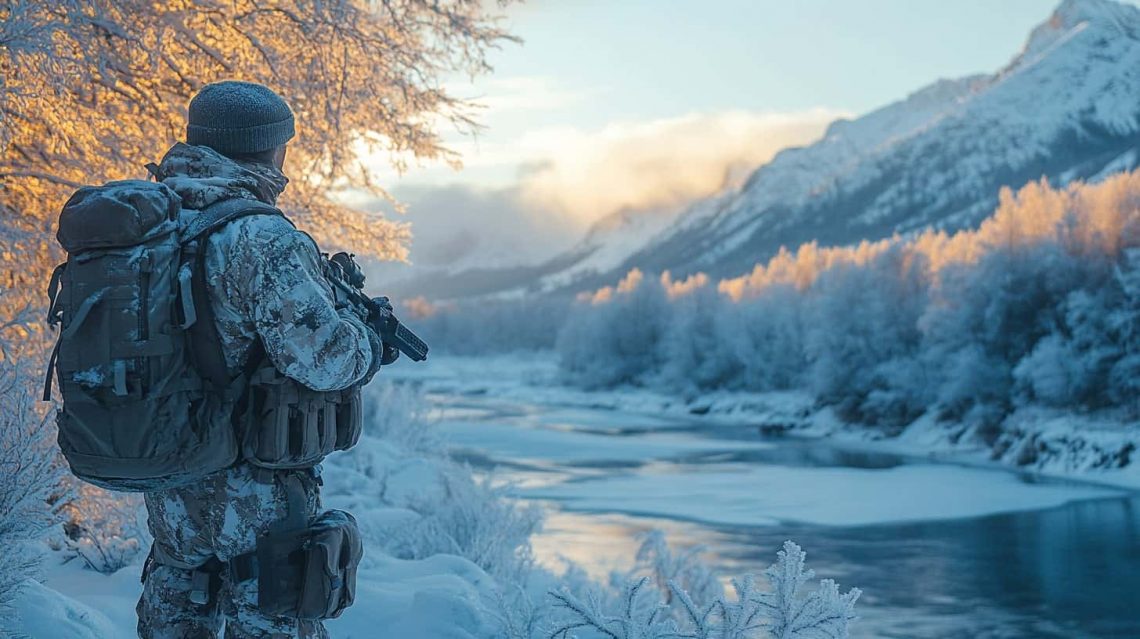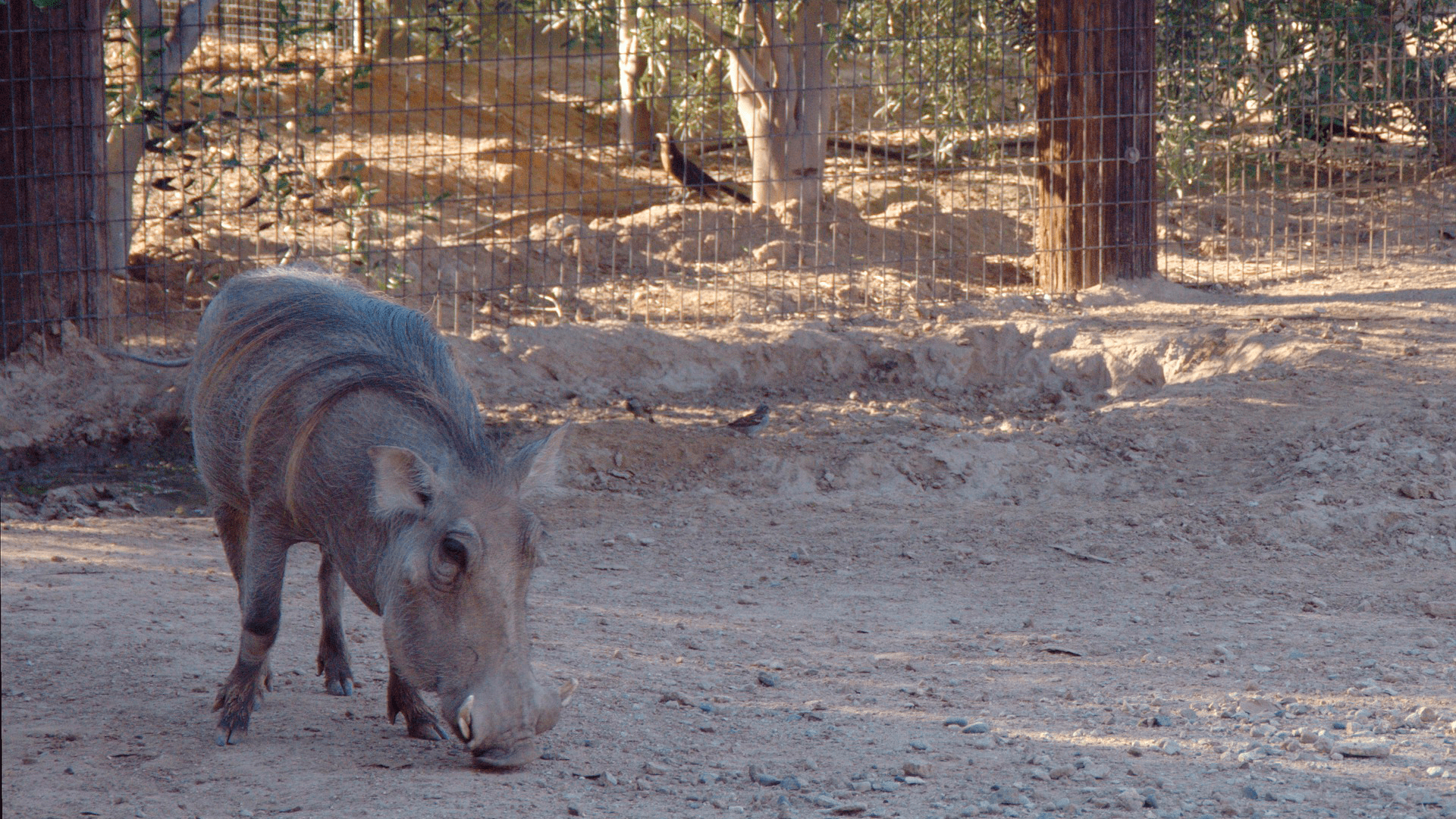
Winter Hunting in the U.S.: The Best Game and How to Prepare
Hunting in winter presents a unique challenge, but for those who embrace the cold, it also brings incredible rewards. The crisp air, snow-covered landscapes, and reduced hunting pressure make it an excellent season for tracking some of the best game in the United States. Whether you’re after big game like deer and elk, or small game like rabbits and waterfowl, winter hunting offers diverse opportunities for hunters of all skill levels.
This guide explores the top winter hunting options available across the U.S., strategies for a successful hunt, and essential gear to withstand the elements.
Big Game Hunting: Pursuing Deer, Elk, and Mountain Lions
Whitetail and Mule Deer
Deer season extends into the winter months in many states, offering hunters a chance to track these elusive animals in the snow. Whitetail deer are commonly hunted across the Midwest and Eastern states, while mule deer are the target in the Western regions. Winter hunting requires a different approach—deer tend to conserve energy, making them more predictable in their movements.
One effective strategy is tracking in the snow. Fresh snowfall makes it easier to locate recent deer activity, and hunters can use these tracks to follow bucks to their bedding areas. Late-season deer hunts also favor still-hunting, where patience and silence are key to success.
Popular locations:
- Iowa & Illinois (Whitetail Deer)
- Colorado & Wyoming (Mule Deer)
Elk Hunting in the Rocky Mountains
Winter elk hunting is a physically demanding challenge, but one that rewards hunters with an unforgettable experience. Late-season elk hunts often take place in deep snow, requiring hunters to either track bulls through rugged terrain or set up along migration routes.
A successful winter elk hunt depends on understanding their wintering grounds. As the cold sets in, elk move down from high-altitude areas to lower elevations where food is more accessible. Using spotting scopes to glass large open areas and following their well-worn trails in the snow can improve success rates.
Best states for winter elk hunting:
- Montana
- Idaho
- New Mexico
Mountain Lion Hunting
For those looking for an extreme winter hunting adventure, mountain lion hunting offers one of the most challenging pursuits. These big cats are primarily hunted using trained dogs that track them through snow-covered terrain. Once a lion is treed, hunters can assess the animal before making a shot.
Mountain lions thrive in rugged areas where deer populations are strong. States with healthy lion populations offer special permits for hunters willing to take on this challenging hunt.
Top states for mountain lion hunting:
- Utah
- Arizona
- Colorado
Small Game and Waterfowl: The Ultimate Winter Challenge
Rabbit and Hare Hunting
Snow-covered landscapes make spotting and tracking rabbits easier, and their abundance makes for an exciting and rewarding hunt. Using small-caliber rifles or shotguns, hunters can find cottontail rabbits in brushy areas or target snowshoe hares in Northern regions.
Cottontails prefer thick cover and can often be flushed out by walking through fields and forests. Beagles are commonly used to track rabbits, providing an exciting chase through the snow.
Best states for rabbit hunting:
- Pennsylvania
- Michigan
- Maine
Coyotes and Predators
Winter is the prime season for coyote hunting as these predators become more active and bolder due to food scarcity. Calling coyotes with distressed rabbit sounds or using electronic calls can lure them in for a perfect shot.
One of the biggest advantages of winter predator hunting is visibility. With fewer leaves on trees and snow-covered fields, spotting coyotes at a distance becomes much easier. Hunting at dawn or dusk, when coyotes are most active, significantly improves success rates.
Best states for coyote hunting:
- Texas
- South Dakota
- Nevada
Waterfowl Hunting in Icy Conditions
For dedicated duck and goose hunters, winter is an excellent time to take advantage of migration patterns. Many species of waterfowl head south in winter, providing excellent hunting opportunities in wetlands and open water areas.
Late-season waterfowl hunts require specialized decoy setups to attract wary birds. Breaking through ice to create open water and using high-contrast decoys can help bring flocks within range. Hunters also need high-quality cold-weather gear, including insulated waders and waterproof clothing, to stay warm.
Best locations for winter waterfowl hunting:
- Louisiana (Mallards, Pintails, Teal)
- Arkansas (Geese, Ducks)
- Missouri (Snow Geese)
Essential Gear for Winter Hunting
Hunting in freezing temperatures requires proper preparation and the right gear. Layering is essential to regulate body temperature while remaining mobile.
Clothing & Footwear
- Base Layer: Moisture-wicking thermal underwear
- Insulated Outerwear: Windproof and waterproof hunting jacket and pants
- Boots: Insulated and waterproof boots with heavy socks
- Gloves & Headwear: Warm, breathable gloves and a face mask or beanie
Hunting Equipment
- Optics: Spotting scopes and binoculars for glassing open areas
- Weapons: Rifles and shotguns suited for cold weather
- Ammunition: Cold-resistant ammo to ensure reliable firing
Safety should always be a priority. Hunters should carry survival essentials such as:
- Emergency blanket
- Fire-starting kit
- GPS and compass
- First-aid kit
Conclusion
Winter hunting in the U.S. offers a variety of thrilling experiences, from tracking big game like elk and deer to hunting waterfowl in frozen wetlands. The key to success lies in preparation, understanding animal behavior in cold conditions, and using the right gear to withstand the elements. Whether you’re a seasoned hunter or just starting out, embracing the winter months opens up new opportunities to experience the great outdoors.
For those willing to brave the cold, the rewards of a winter hunt are well worth the effort. The pristine landscapes, the challenge of the pursuit, and the satisfaction of a successful hunt make winter one of the best times to be in the field.



